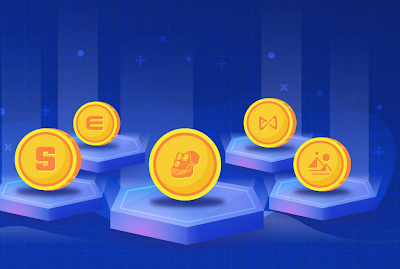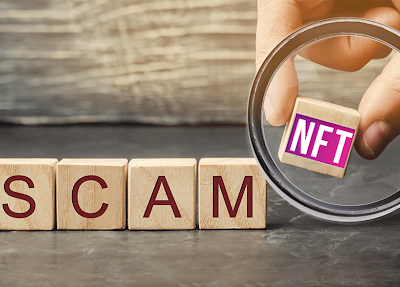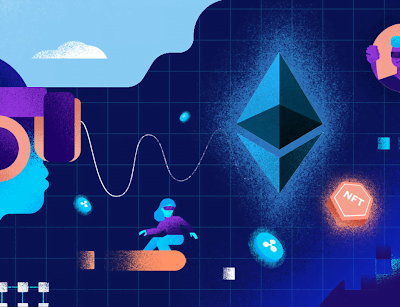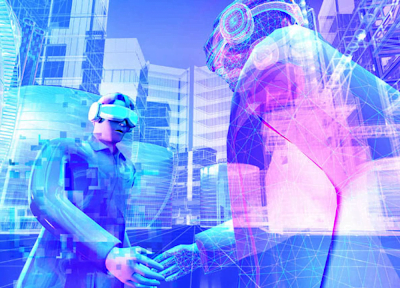The metaverse is one of the next big things in creating an immersive digital consumer experience, and a rising number of organizations are searching for ways to use it.
While other businesses are still defining the concept, the metaverse is already gaining traction in the gaming industry, with Epic Games and Roblox leading the way. Gamers are willing to invest in virtual events, skins, avatars, and other items.
Roblox virtual currency transactions increased 161 percent to $652.3 million in the second quarter of 2021. The metaverse’s potential is limitless. The gaming industry is embracing the metaverse for the real-time gaming experience, and it will change the industry in many ways. So, after extensive research, I’ve come up with how metaverse will change the future of gaming.
What is Metaverse Gaming?
Metaverse gaming is a world of gaming where the user plays using metaverse devices like VR, with avatars to have real-time experience. It provides a variety of features and services that are closely related to our daily lives. The phrase “metaverse” is not a new one in the gaming business.
The gaming business has evolved from traditional avatars to digital avatars and transactions supported by NFT or cryptocurrencies. Players are entering the Metaverse in order to experience next-level gaming.
Characters in Metaverse games are controlled by users’ own avatars, which are virtual representations of their real identities. The play-to-earn principle underpins metaverse games, which allow users to gain virtual gaming products and sell them for real-world money.
Gamers may invite their social network contacts, engage with other Metaverse players, and collaborate to enjoy the games together. Because Metaverse uses AR and VR technology to provide a more organic experience, gamers get a more lifelike encounter.
Evolution of Online Gaming:
Prior to the introduction of blockchain-powered games, people preferred multiplayer games. However, blockchain has drastically altered the landscape of online gaming. Its application cases, such as NFTs and cryptocurrencies, astound gamers with features such as tokenization of gaming assets and the ability to sell them for money in cryptocurrency.
Depending on the game’s regulations, players can either sell or collect their assets until they earn incentives from the platform.

People who are interested in real money games and crypto spaces are the ones who have lauded the global popularity of NFT games. Apart from the profit, such games gained popularity because of the high-quality visual reproduction of real-life things and outstanding visuals.
Recently, the evolution in the gaming industry has brought along the Metaverse games. This update has enhanced the way gaming is done by giving gamers a real-time gaming experience.
Technologies Used in the Development of Metaverse Gaming
Artificial Intelligence:
AI allows human digital and avatars in metaverse gaming. The role of AI in the Metaverse entails mixing numerous technologies such as virtual reality, 3D animation, and blockchain, and many firms are already working on developing services for this new digital environment. AI can play an important part in the metaverse’s future.

Not just from a commercial standpoint, but also in terms of how AI might make the Metaverse more inclusive. AI has the capacity to sift massive amounts of data at breakneck speed in order to provide insights and drive action for users. The correct operation of the metaverse as a whole is powered by AI.
AR/VR:
The major technologies driving Metaverse development are AR (augmented reality) and VR (virtual reality), which offer an immersive and thrilling 3D experience. AR uses visual components and characters to transform the actual world into virtual reality.
It is compatible with smartphones and other digital devices, allowing users to enjoy immersive experiences while on the road.

VR and AR are two sides of the same coin. Augmented reality imitates artificial objects in the actual world, whereas virtual reality creates an artificial environment to inhabit. 3D graphics are used in augmented reality to superimpose computer-generated pictures over the user’s perspective of the actual environment.
Blockchain:
Blockchain technology aids in the development of decentralized Metaverse initiatives. It provides advantages like digital evidence of ownership, value transfer, digital collectability, and interoperability.

Blockchain not only enables quick information confirmation but also enables cryptographically safe and secured transactions. Blockchain and crypto assets are critical components of how virtual reality will be deployed.
The Metaverse will desire and require transactions to be completed on demand, which blockchain and crypto assets may assist in enabling. Transactions are required for a realistic virtual reality environment to function and execute as advertised.
These transactions must be both safe and quick. Individuals and institutions can perform virtual, traceable, and real-time transactions via crypto transactions, which are feasible and established ways.
Internet of Things:
Metaverse can gather, retrieve, and use data from the physical world via the internet of things (IoT). It connects the virtual world of the Metaverse to a huge number of real-world devices, allowing things in the Metaverse to change their behavior in response to changing weather or atmosphere.

While IoT will allow Metaverse to evaluate and interact with the physical environment, it will also serve as a 3D user interface for IoT devices. This will pave the way for a more personalized IoT user experience. Both the Metaverse and the Internet of Things will assist the globe in making data-driven judgments with less training and mental exertion.
3D Reconstruction:
3D technology is not new, but the covid epidemic has boosted the demand for 3D reconstruction significantly. Many real estate firms have used this technology to take prospective buyers on a virtual property tour.

Because the Metaverse is a new idea, it has relied on 3D reconstruction to supplement other technologies already in place. The emergence of 3D technology has greatly enhanced the gaming experience to a lifelike feel.
Conclusion:
People are becoming more connected to the digital world through tools such as cryptocurrencies, NFTs (non-fungible tokens), avatars, and immersive gaming experiences. Many firms have introduced next-generation gaming systems while Metaverse is still in its early phases.
Decentraland and Sandbox are examples of future initiatives, and major tech companies such as Microsoft and Facebook are developing their own Metaverse projects. As a result, we may expect to see a significantly improved version of Metaverse in the future.
The Metaverse has the potential to transform the way people engage with technology and people for a variety of reasons, including gaming, video conferencing, jobs, and so on. Gamers compete in an immersive environment using Metaverse.
They make money by broadcasting 3D games, and minting and exchanging gaming NFTs. The Metaverse has the potential to deepen connections and relationships by bringing some human qualities into those two-dimensional virtual interactions. It’s a step ahead, and it could appear before you recognize its potential to improve virtual reality.





